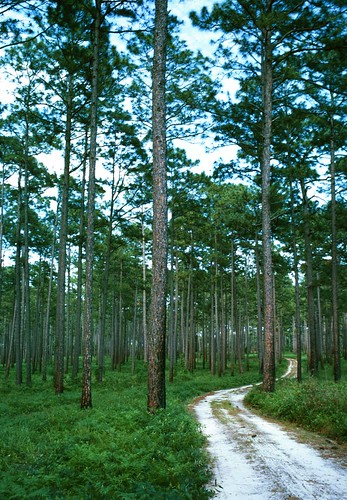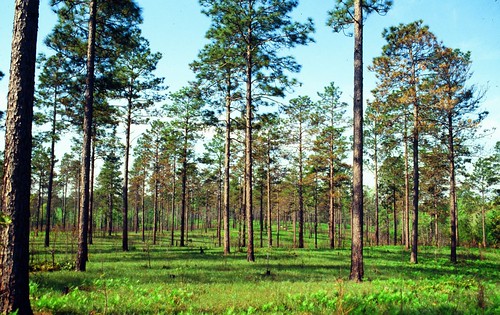
As a kid, I spent Christmas vacations with my family and my grandfather in the longleaf pine forests of South Carolina. While my grandfather and father (and later me) were quail hunters, you don’t have to be a sportsman or a sportswoman to appreciate longleaf pine. Longleaf forests are home to countless wildlife species, a diversity of plants, and provide valuable wood products, such as heart-pine floors that are cherished across the South. Longleaf forests once covered some 90 million acres along the Southeast coastal plain, but over the past two centuries, development, conversion, ill-planned timbering, and fire suppression have reduced longleaf’s range to a mere sliver of its former extent.
USDA and our many conservation partners are working to restore longleaf forests, and we’ve seen significant progress in the recent years. Now, a new Farm Bill program, the Regional Conservation Partnership Program, or RCPP, is providing additional support to the effort.
RCPP puts our partners – landowners, conservation organizations, states and others -- in the driver’s seat by allowing them to develop projects that utilize USDA dollars to leverage additional support for conservation. Some of RCPP’s funding is dedicated to priority landscapes, or what we call critical conservation areas. The Longleaf Pine Range is one of those areas.
Last month, we unveiled more than 100 projects funded by RCPP, some of which will help restore longleaf pine forests and address other resource needs in the Southeast. When we announced the recipients, I visited Forsyth, Georgia, to meet with some of the organizations who will help us usher in this new era of conservation.
In one project, USDA will work with U.S. Endowment for Forestry and Communities, U.S. Department of Defense and others to restore and protect forests around military installations in Georgia, Florida, Louisiana and South Carolina.
This project – called the “Securing Private Working Forests to Benefit Longleaf Pine, Threatened and Endangered Species, and Military Readiness” – will restore 20,000 acres of longleaf near as many as 10 military installations through the purchase of conservation easements. The project will enhance longleaf forests while also increasing the forested buffer around military bases. Longleaf forests produce valuable products, such as high quality wood and pulpwood for paper, that are important to rural communities. Also, these forests are home to many rare species, and by restoring the habitat on which they depend, their populations will grow.
At the core of RCPP is empowering local people and organizations to design and deliver solutions that benefit natural resources where they live and work. This project brings together more than 30 groups, including land trusts, management districts, nonprofits and government agencies.
RCPP also leverages additional resources to expand the reach of private lands conservation efforts. In the round of projects just announced, USDA is providing more than $370 million to 100-plus projects in all 50 states which will be matched by at least $400 million in partner contributions. As part of the US Endowment’s four-state project, the Department of Defense will match USDA’s funds.
As Peter Stangel, senior vice president for the U.S. Endowment for Forestry and Communities, said: “Funds from our RCPP award will be used to protect some of the most important working forests in the Southeast.”
Peter’s right. These forests are critical in the Southeast, in their ability to provide much needed wildlife habitat for at-risk wildlife, a good source of sturdy timber and other wood products and a buffer for our military installations. I’m proud that our newest Farm Bill conservation program is working to protect the longleaf forest that my grandfather cherished and that future generations will also cherish.
Learn more about the Regional Conservation Partnership Program and other USDA efforts to restore longleaf pine forests. To get started with NRCS, visit your local USDA Service Center or www.nrcs.usda.gov/GetStarted.

